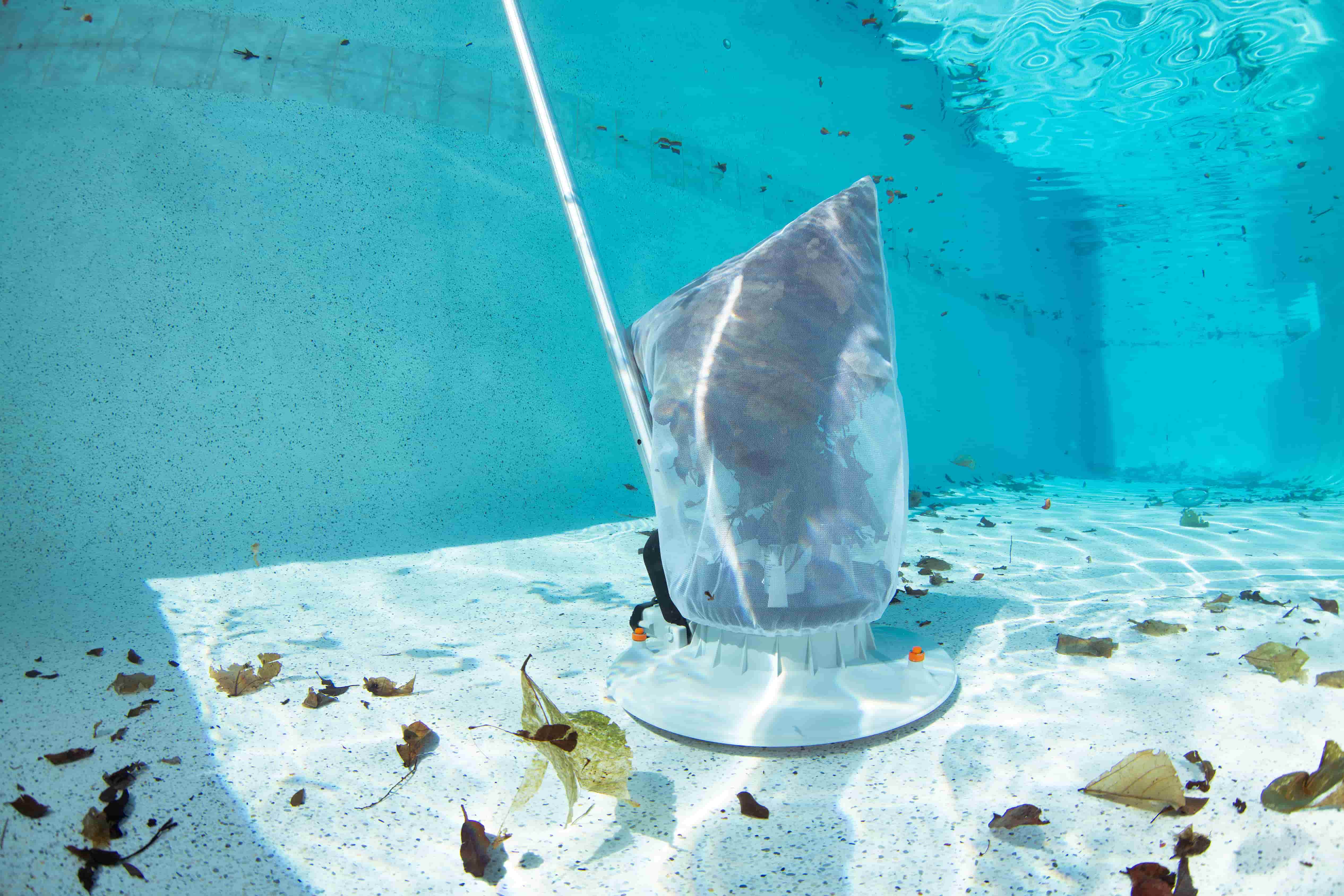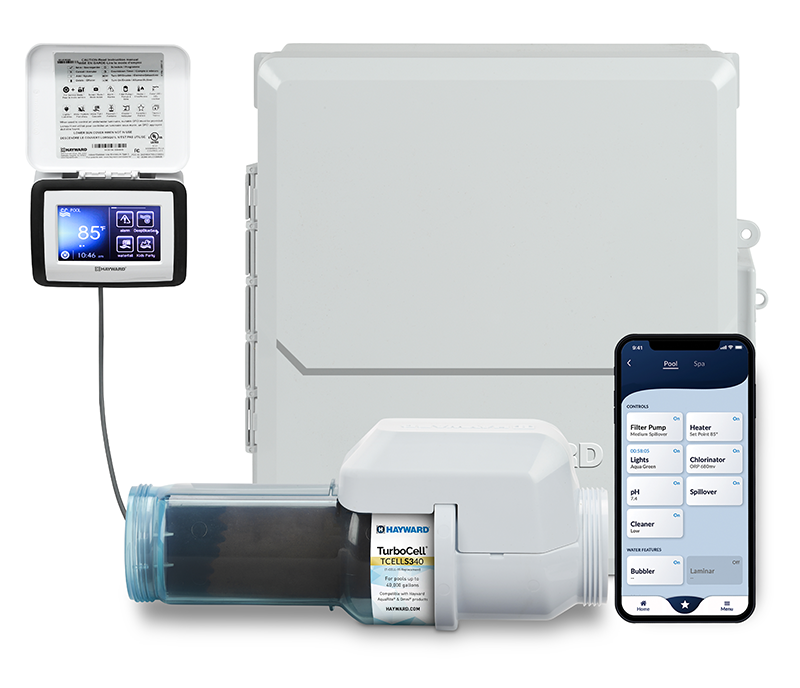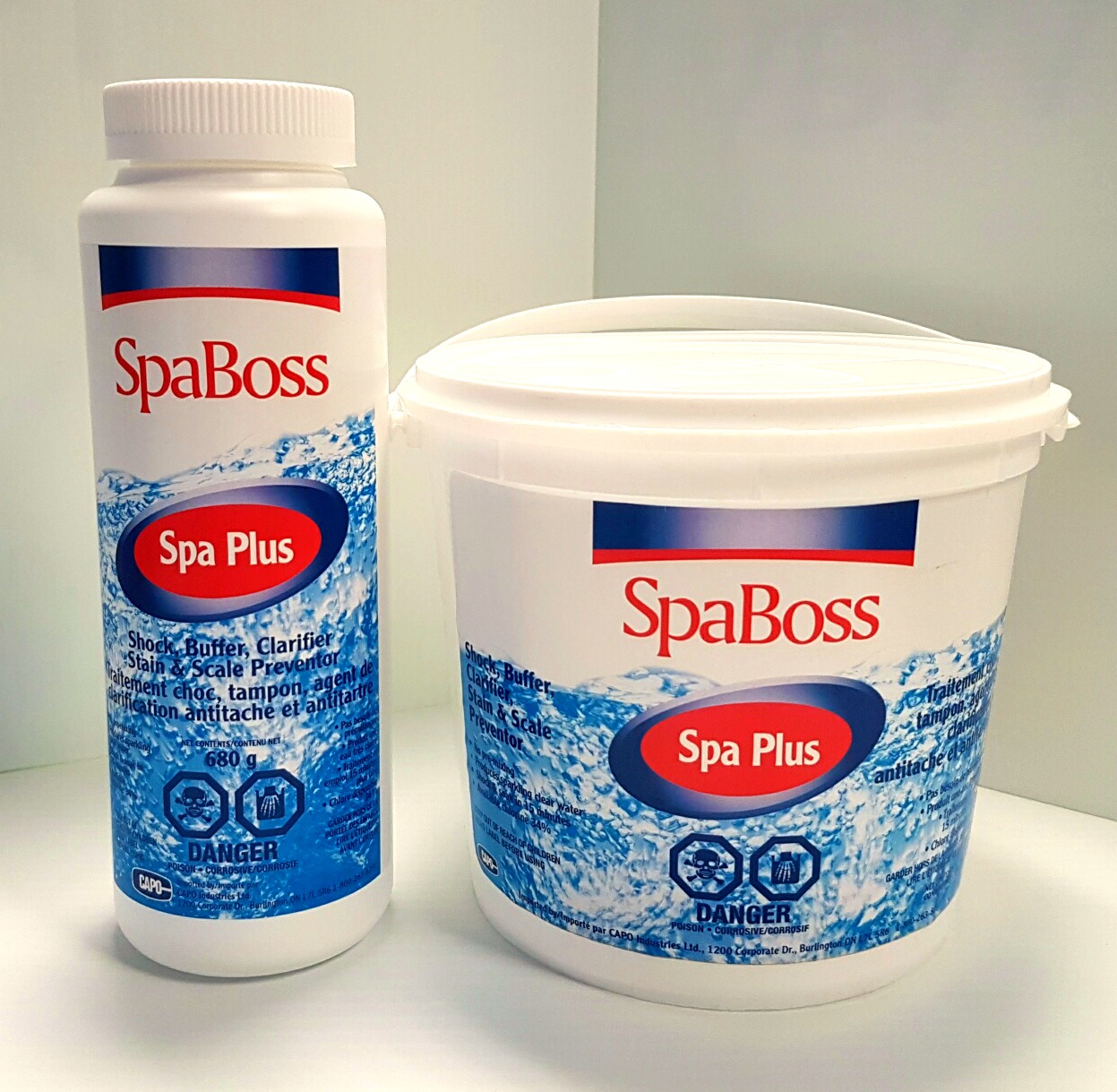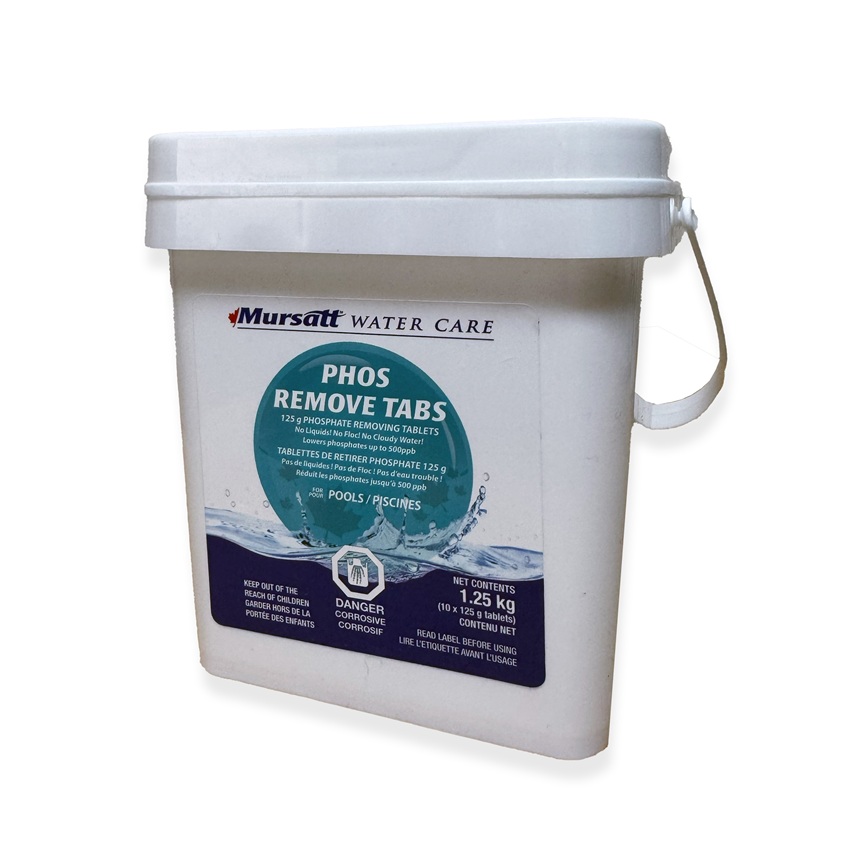Important pool water tests every service pro should be using
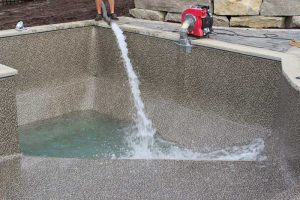
Today’s modern pools tend to run high on pH due to the increased aeration from negative edge, waterfalls, fountains, and various other water turbulence-prone features. The ideal pH level to achieve is 7.5. Minimizing the time of running features which cause aeration and increasing acid can help as well.
It is important to maintain pH within pool standards. Some effects of allowing a high pH are:
- Lack of disinfection
- Scale formation and metal staining
- Cloudy water
- Low oxidation-reduction potential (ORP)
Contrastingly, low pH can lead to:
- Corrosion
- Etching of plaster
- Staining
- Damage to vinyl liner and fibreglass
TA and pH are two crucial tests that must be performed routinely. For the best results, service professionals should use a digital photometer to test. When using a reagent test, it is very important to ensure the reagents are fresh and the test block is kept clean and intact.
There are many sorts of chlorine present in pool water at any given time. When it comes to the efficacious treatment of the water, there are three main tests:
- Total chlorine (TC)
- Free chlorine (FC), which should range between 2 to 4 ppm
- Combined chlorine (CC), which should range between 0 to 0.2 ppm
Total chlorine (TC) test
TC is a measurement of both FC and CC. The test can indicate the presence of chlorine in the water, but it cannot tell how much FC or CC is present. Relying on a TC test when trying to maintain water quality is ineffective. An orthotolidine (OTO) test method for determining whether the water in the pool is safe or not is ineffective as well. OTO only indicates if there is chlorine present—it cannot determine what form of chlorine is most prevalent. Therefore, it is important to have a way to test for both TC and FC.

